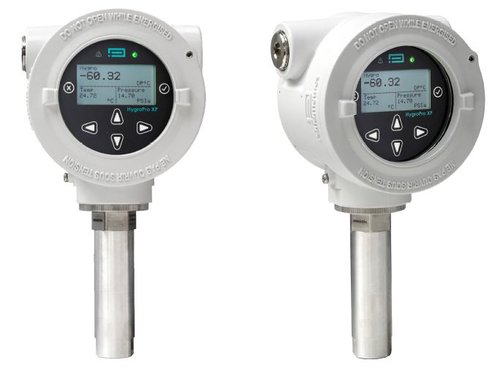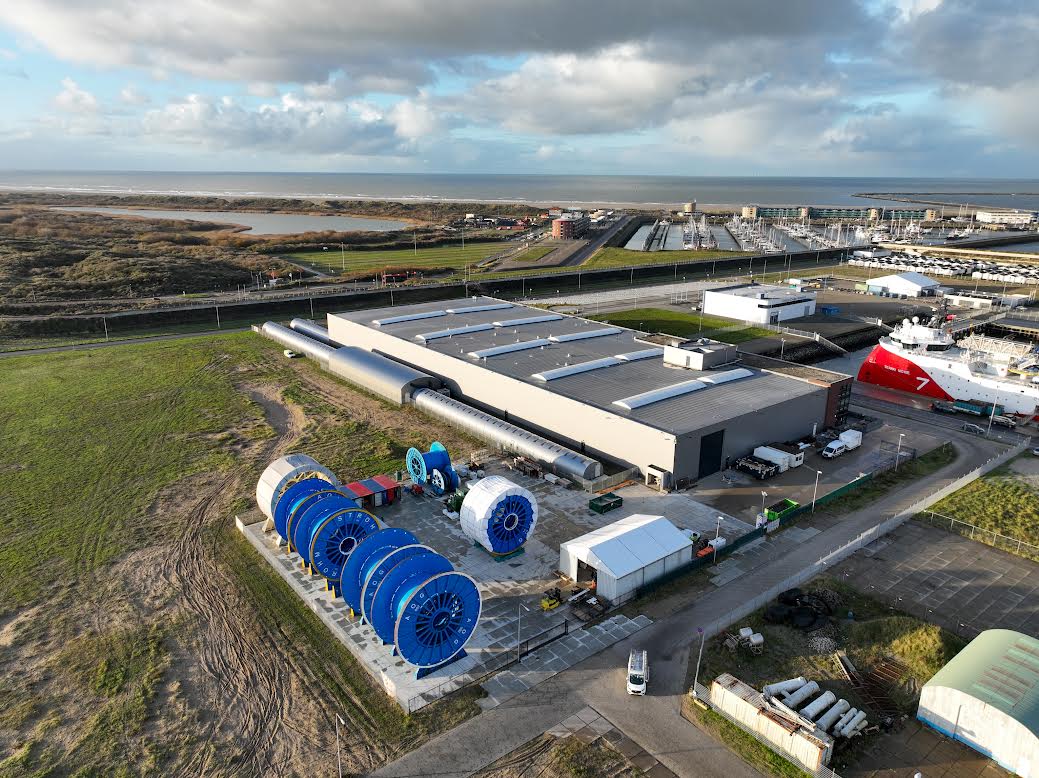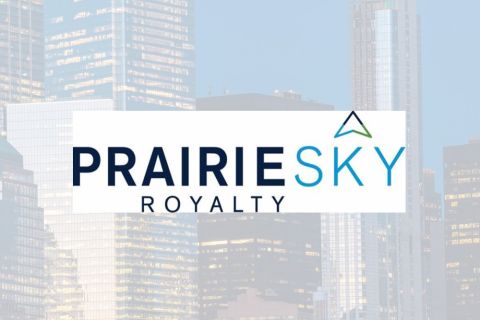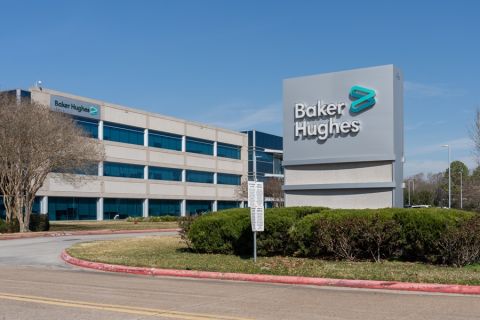From Vår Energi making a new discovery offshore Norway to Ocean Installer receiving a subsea umbilicals, risers and flowlines (SURF) contract in the North Sea, below is a compilation of the latest headlines in the E&P space.
Activity headlines
Israel gives Leviathan Partners Approval for Increased Gas Export
Eastern Mediterranean gas developer NewMed Energy LP, formerly known as Derek Drilling, and its partners in the Leviathan Field offshore Israel have received a permit from Israel’s Ministry of Energy to raise its natural gas allotment for overseas markets, the company said on June 26. The ministry approved the export of an additional 118 Bcm of natural gas from eastern Mediterranean reserves.
The approval is for the Phase 1B project of the deepwater gas field. Leviathan, discovered in 2010, began producing in December 2019 under Phase 1A. Phase 1B aims to raise Leviathan’s annual production to as much as 742 Bcf and expand its export market beyond to both Europe and Asia.
The Leviathan gas field is estimated to hold proven and probable gas reserves of 16.27 Tcf and condensate reserves of 35.8 MMbbl.
NewMed Energy owns 45.34% of Leviathan. Noble Energy Ltd. holds a 39.66% stake in the field, with Ratio holding the final 15%.
Commercial oil and gas discovery in the Gjøa area in the North Sea-art
Vår Energi has made a new oil and gas discovery in the North Sea, called Cerisa, which contains estimated gross recoverable resources of 18 MMboe to 39 MMboe, the company said on June 27.
The Cerisa discovery in PL 636 is located 17 km northeast of the Vår Energ-operated Gjøa platform and 5 km from the Duva subsea template. The Gjøa Field is about 80 km southwest of Florø.
The discovery is the fourth found near the Vår Energi-operated Gjøa platform. Together with previous discoveries Gjøa North and Ofelia/Kyrre, Cerisa is a possible candidate to be tied into the Gjøa Field by use of the existing infrastructure in the area. Combined, these discoveries have estimated gross recoverable resources of up to 110 MMboe.
The Cerisa discovery is currently being included as part of the Gjøa North and Ofelia/Kyrre project team to enable a fast-track delivery of these four discoveries into production.
License partner Vår Energi ASA operates PL 636 with a 30% stake for stakeholders Inpex Idemitsu Norge AS (30% interest), PGNiG Upstream Norway AS (30%) and Sval Energi AS (10%).
CNOOC Announces Enping 21-4 Commences Oil Production
CNOOC Ltd. has started production at its Enping 21-4 Oilfield Development Project.
The field is located in eastern South China Sea, with an average water depth of approximately 89 m. Enping 21-4 oilfield was developed with two extra-extended reach wells drilled from the existing production platform. The project is expected to achieve a peak production of approximately 5,300 boe/d in 2025.
Operator CNOOC Ltd., holds 100% interest in the project.
Contracts and company news
SLB OneSubsea awarded Equinor FEED contract offshore Norway
Equinor has awarded SLB a contract for the FEED of a 12-well, all-electric subsea production systems (SPS) project in the Fram Sør Field, offshore Norway.
This project, which began in 2018, is the first application to be implemented from a joint industry project involving close collaboration across major industry players, according to a press release. The collaboration was intended to accelerate the development of breakthrough electrification technology through a standardized industry solution.
The Fram Sør solution will use SLB OneSubsea’s standard subsea tree design, upgraded with a fully electrified power, control and actuation system. The elimination of high-pressure hydraulic systems will enable operators to go further and deeper, improving production and making even marginal fields more viable, SLB said in a June 27 press release.
The project will fast-track wide-scale global adoption of electric subsea technology, setting new standards for increased operator control, subsea operational efficiency and reduced offshore emissions, SLB said.
As part of the agreement, future engineering, procurement and construction (EPC) will be directly awarded to SLB OneSubsea conditional on a final investment decision.
Aramco, Sempra Enter HOA for Port Arthur LNG Phase 2
Sempra and Aramco executed a non-binding heads of agreement (HOA) for LNG offtake from the second phase of the Port Arthur LNG (PALNG) project. The HOA is for a 20-year sale and purchase agreement (SPA) for 5 million tonnes per annum (mtpa) of LNG offtake. The HOA also sets forth Aramco’s 25% project-level equity in the second phase.
Sempra and Aramco expect to execute a binding LNG SPA and definitive equity agreements with terms substantially equivalent to those in the HOA, with the SPA and equity agreements subject to a number of conditions, Sempra said in a June 26 in a press release.
PALNG Phase 1 is currently under construction and consists of Trains 1 and 2, as well as two LNG storage tanks and associated facilities. Phase 1 will have a nameplate capacity of 13 mtpa of LNG, according to Sempra.
PALNG Phase 2 is a competitively positioned expansion of the site, aiming to add up to two trains that could produce up to 13 mtpa of LNG.
Ocean Installer awarded North Sea Troll SURF, flowline contracts
Equinor has awarded a SURF contract to Ocean Installer for Stage 2 of its Troll Phase 3 project in the Norwegian North Sea.
Stage 2 of the Troll Phase 3 project includes eight new wells from two new templates with subsea controls extended from existing templates. A new 36-inch gas flowline will be laid as a tieback to the Troll A platform, and the project will also perform modification work on Troll A.
This SURF engineering, procurement, construction and installation contract, valued at more than 1 billion NOK (US$93.8 million), includes a substantial fabrication scope and offshore work over three years, with the first campaign beginning in 2025. Ocean Installer will fabricate and install four large pipeline termination structures for the 36-inch gas flowline, five 20-inch spools, a subsea pig launcher and receiver, 6 km of 4.5-inch MEG line and protection covers.
The work also covers installation of the subsea production system and umbilicals from OneSubsea. Engineering work has already started from Ocean Installer’s offices in Stavanger and Oslo. The majority of the fabrication will be awarded to Norwegian subcontractors.
Ocean Installer also secured a separate contract for replacing a 4-km, 10-inch flexible flowline at the Troll B Field in 2025.
Baker Hughes Launches New Hydrogen Measurement Sensor Technologies

Baker Hughes announced the launch on June 27 of three gas, flow and moisture measurement sensor technologies designed to improve safety and productivity across energy and industrial sectors.
Building on the drive for greater levels of accuracy across critical measurements and designed to offer long-term stability in harsh environments, Baker Hughes’ three new Panametrics solutions offer advanced levels of accuracy, reliability and durability.
Baker Hughes’ XMTCpro gas analyzer features real-time error detection and enhanced signal measurement for fast response and is contamination-resistant by design, requiring minimal maintenance.
The HygroPro XP moisture transmitter can quickly and accurately measure moisture in gasses and hydrocarbon liquids across a wide dew point range. The HygroPro XP can be used across hydrogen transportation, storage, end use and production applications, including accurately measuring trace moisture in electrolyzer production.
The T5MAX Transducer’s enhanced signal strength enables a step change in ultrasonic flow meter performance across challenging gas flow measurement applications, including hydrogen. In low-flow rate applications, where accurate measurements are difficult to capture, the stronger signal provides customers with a longer flow path length, and therefore greater accuracy.
Baker Hughes’ new measurement sensor technologies can be deployed by customers in sectors including hydrogen, oil & gas, metals, chemicals, biogas, power generation, CCUS and others.
Strohm adds CO2 transfer to its latest product portfolio update

Thermoplastic composite pipe (TCP) company Strohm has successfully qualified its first product based on carbon fiber and advanced PVDF polymer, the company announced June 26.
By combining polyvinylidene fluoride (PVDF), a high-performance polymer with carbon fiber, the company is now in a position to offer jumpers and flowlines for use in harsh environment carbon capture and storage (CCS) applications.
As a totally corrosion-free solution with a 30-year design life and a proven smaller carbon footprint compared to steel, it is highly suitable for injecting CO2 offshore, both in depleted gas fields and aquifers.
Besides its potential for high CO2 content transfer in CCS applications, Strohm’s new TCP product has the potential to be a gamechanger for the deepwater flowline and riser market in the offshore energy industry.
Recommended Reading
Equitrans Midstream Announces Quarterly Dividends
2024-04-23 - Equitrans' dividends will be paid on May 15 to all applicable ETRN shareholders of record at the close of business on May 7.
PrairieSky Adds $6.4MM in Mannville Royalty Interests, Reduces Debt
2024-04-23 - PrairieSky Royalty said the acquisition was funded with excess earnings from the CA$83 million (US$60.75 million) generated from operations.
Baker Hughes Awarded Saudi Pipeline Technology Contract
2024-04-23 - Baker Hughes will supply centrifugal compressors for Saudi Arabia’s new pipeline system, which aims to increase gas distribution across the kingdom and reduce carbon emissions
EQT Declares Quarterly Dividend
2024-04-18 - EQT Corp.’s dividend is payable June 1 to shareholders of record by May 8.
Matador Resources Announces Quarterly Cash Dividend
2024-04-18 - Matador Resources’ dividend is payable on June 7 to shareholders of record by May 17.






